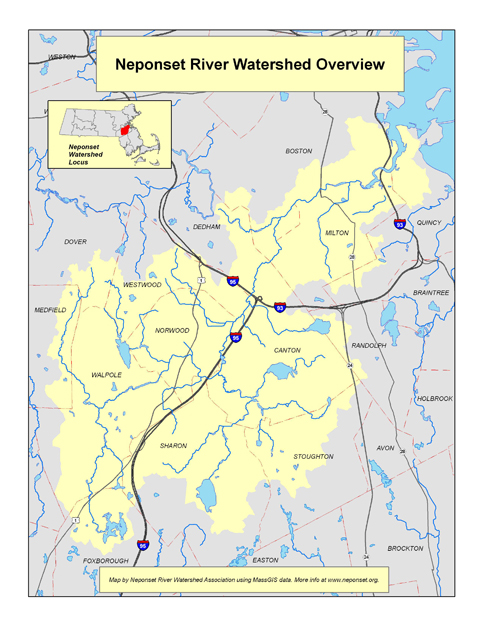One of the transitions from the old house to the new is the transition off of city sewage and onto a septic system. I grew up in a house with a septic system, and so it’s not as foreign to me as it is to my wife, and she’s still adjusting to not having a garbage disposal in the sink. (There actually was one in the house when we bought it, but we broke it straightaway, and I replaced it with pipe.)
We had it pumped out for the first time in November, and discovered the seam halfway up (a stupid design for sure) had burst and the sewage was seeping out instead of going out into the leeching field. This necessitated a repair in which a guy climbed down into the tank with hydraulic cement, which was no end of fun for my seven year-old son: “He’s in my poopie! He’s in my poopie!”
In addition to the absolute simplicity of the system (a 1,000 gallon hole that everything goes into, then seeps out of in a controlled manner), what I am noticing now that was not so apparent to me as a child is how much more directly this system connects our choices indoors to our immediate outdoor environment. With sewage, things run down the drain disappear into an abstract system of pipes, and abating the contents is someone else’s problem. With septic, whatever goes down the pipes ultimately ends up right in our own back yard.
This has me thinking more about the use of household chemicals such as chlorine bleach, ammonia and paint thinner. I haven’t stopped using them entirely, but I certainly use them more mindfully, and am on the lookout for signs in the back yard of any impact. Our yard has a healthy population of amphibians–toads, frogs and salamanders–and they are my coal mine canaries.


